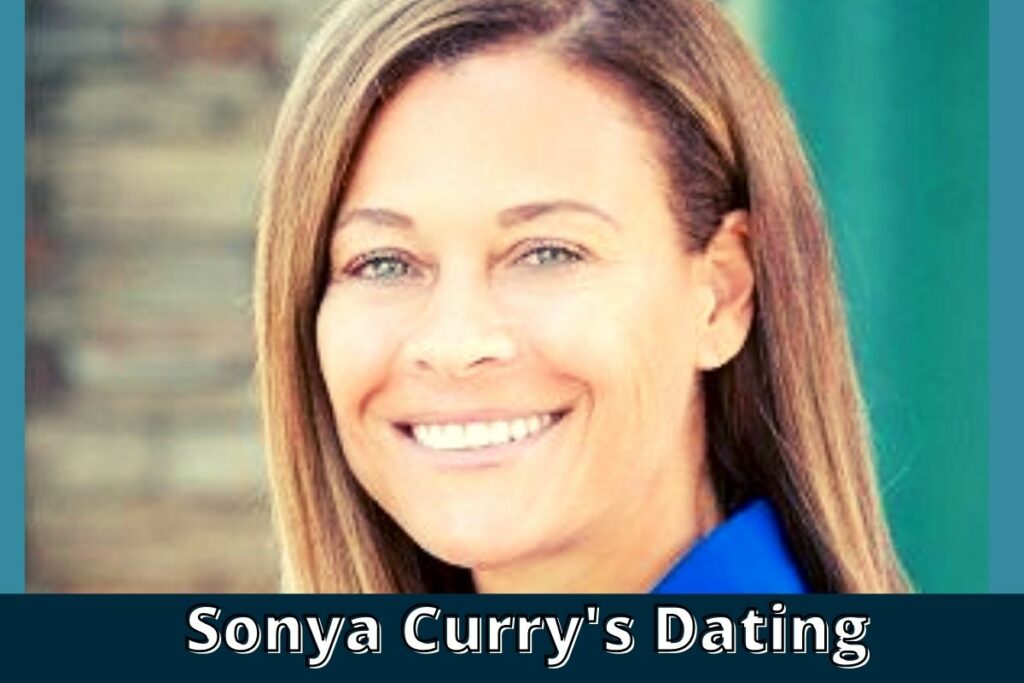The visionary co-founder of the firm, Steve Jobs, was protected from the media by Katie Cotton, who served as Apple’s longstanding director of communications. Cotton also assisted in planning the launch of several of Jobs’ products. Cotton passed away on April 6 in Redwood City, California. She was 57 years old. Michael Mimeles, her ex-husband, verified that she had passed away in a hospital.
He could not provide a reason but did mention that she had difficulties from heart surgery she had a few years prior. Ms. Cotton joined Apple in 1996 and started working with Mr. Jobs the following year, not long after he returned to the business after a 12-year absence. Ms. Cotton created a mystery culture by speaking to reporters sparingly, if at all.
Apple was having financial problems at the time, but Ms. Cotton collaborated with him to create a remarkable turnaround. As the business recovered from significant losses and released one successful product after another, including the iMac desktop computer and cutting-edge digital products like the iPod, the iPhone, and the iPad, they jointly created a carefully regulated public relations strategy.
According to Walt Mossberg, a former technology reporter for The Wall Street Journal, “she was formidable and tough and very protective of both Apple’s brand and Steve, particularly when he got sick,” referring to Mr. Jobs’s pancreatic cancer diagnosis in 2004. He said she was one of the select few people he had complete faith in. He heard her. She could stop him from saying or doing something he had planned. At the age of 56, Mr. Jobs passed away in 2011.
Do you know which celebrities are no more with us? Check how they died in our recent articles:
- Jerry Springer Cause of Death: He Died at the Age of 79
- Len Goodman Cause of Death: How Did He Die at the Age 78?
When reporters questioned Ms. Cotton, she responded briefly, if at all, but she might be helpful when chatting off the record or in the background. John Markoff, a former technology correspondent for The New York Times, said of her: “She was approachable, she was a point of contact, but occasionally it was hand-to-hand combat if they wanted to take a story to the world and it wasn’t the narrative I wanted to tell.
Even though Mr. Jobs occasionally spoke to journalists on his own whom he knew well, Ms. Cotton also decided which reporters were allowed to interview him. She invited Katie Hafner, a Newsweek reporter, to watch the debut ad for Apple’s “Think Different” marketing campaign in 1997 along with Steve Jobs.
The commercial began with a still image of Mr. Jobs holding an apple in his left hand. It continued with clips of notable figures such as Albert Einstein, Pablo Picasso, John Lennon, the Rev. Dr. Martin Luther King Jr., Thomas Edison, and Muhammad Ali. It was a tribute to “the crazy ones, the misfits, the rebels, and the troublemakers,” the narrator said.
In a phone interview, Ms. Hafner, who covered Apple for Newsweek and The Times, said: “I looked over, and Steve was crying.” I was overwhelmed with admiration for Katie since she knew how to play this and allowed me access. However, I couldn’t tell if she was moved or feeling triumphant as I looked at her.
In an email, Richard Stengel, a former managing editor of Time magazine, recalled how Mr. Jobs “would call me five or six times in a day to tell me I should do a story or not” and how Ms. Cotton “frequently called right after and gently apologized or pulled back something he had said.” She was really devoted, yet she saw him honestly, he continued. Kathryn Elizabeth Cotton was born in Washington, New Jersey, on October 30, 1965.
Philip, her father, was employed by a telecom company. Marie (Cuvo) Cotton, her mother, worked as a caterer. After earning a bachelor’s degree in journalism from the University of Arizona in 1988, Ms. Cotton worked in sales, marketing, and public relations at Dav-El Limousine in Los Angeles before transferring to the public relations firm Allison Thomas Associates.
Mr. Jobs, who at the time oversaw the technology firm NeXT, was one of the company’s technology clients. But before Ms. Cotton was hired in about 1994, Ms. Thomas and Mr. Jobs had a falling out. She was excellent at what she did, but it took some time for her obsessive work habits to emerge, Ms. Thomas said in a phone interview.
The ailing business engaged Ms. Cotton in the middle of 1996, when Gilbert Amelio was Apple’s CEO, to assist with its public relations. According to Mr. Mimeles, her ex-husband who also worked at Apple, “Katie did tech PR before it was hip and cool to do it, and Apple needed someone with her experience.”
Mr. Jobs returned to Apple as an advisor after Apple acquired NeXT Software in late 1996. In 1997, he was named the company’s temporary CEO; three years later, he was named CEO. He promoted Ms. Cotton to oversee Apple’s communications and PR the same year. She subsequently received the rank of vice president of global communications, which she held for a long time.
Apple’s senior vice president of marketing, Greg Joswiak, noted that when Steve returned, he didn’t merely hire essential engineers. Katie played a significant role in ensuring the correct people were in place to guide us through the business. She stayed on as Mr. Jobs’ employee until his passing, keeping quiet about his health issues. Once Tim Cook succeeded him, she continued to work for him until her retirement in 2014.
She had an impact, as seen by the Macworld magazine title, “Apple PR’s Cotton departs: What it could mean for the press.” Ms. Cotton didn’t work for another corporation again. She worked as a business consultant and supervised kids at the Menlo-Atherton High School in Atherton, California, where her kids went to school, as well as at the nonprofit Riekes Center in Menlo Park, California.
Her mother, daughters Isabelle Mimeles and Ethan Mimeles, son Ethan Mimeles, partner Jim Wells, sisters Lori Ann David and Patty Stewart, and brother Richard Cotton all survive her. The ad firm TBWA/Media Arts Lab previewed a potential advertisement for Ms. Cotton and two other Apple executives following Mr. Jobs’ passing.
Do you know which celebrities died? See how they died in recent publications:
- Emily Bills Cause of Death: How Did She Pass Away?
- Ryan Keeler Cause Of Death: UNLV Football Player Dead At 20
The opening line of the commercial, “It’s sad when a founder dies,” as recalled by journalist Tripp Mickle in “After Steve: How Apple Became a Trillion-Dollar Company and Lost Its Soul” (2022). Mickle currently covers the tech business for The Times. “You question your ability to survive without him. Should you be honest or put on a brave face for the world? When it was over, Ms. Cotton was in tears. She said, “We can’t continue this. Never did they.
Stay connected with us on our Twitter handle.





